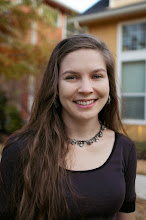The White Rose of York
Cecily lived mostly at Berkhamstead in Hertfordshire or at Baynard’s Castle on the Thames in London while Edward ruled. Although Cecily didn’t have much a political career, she was important when it came to family decisions. She was, for example, staunchly opposed to Edward’s marriage to Elizabeth Woodville in 1464. She also helped to orchestrate the reconciliation of her sons Edward and Clarence after his imprudent alliance with Warwick. Her family wasn’t always kind in return. Warwick, Clarence and Richard all spread the rumor that Cecily had begotten a bastard Edward by another man for political purposes, to her extreme distress. Even as a York, Cecily was treated well enough under Henry VII and died in 1495.
Baynard's Castle in London.
The Duchess of York was also extremely pious. She enjoyed reading the work of female mystics and writers of her time, like St. Catherine of Siena and St. Bridget of Sweden. Cecily was known to attend nine services a day for prayer and instilled her interest in mystics in her two children, Margaret, Duchess of Burgundy and Richard III, who also kept these volumes in their personal libraries.
References:
Kendall, Paul Murray. Richard the Third. NY: W. W. Norton & Company, 1956. Print.
Wagner, John A. Encyclopedia of the Wars of the Roses. CA: ABC-CLIO, Inc. 2001. Print.




No comments:
Post a Comment